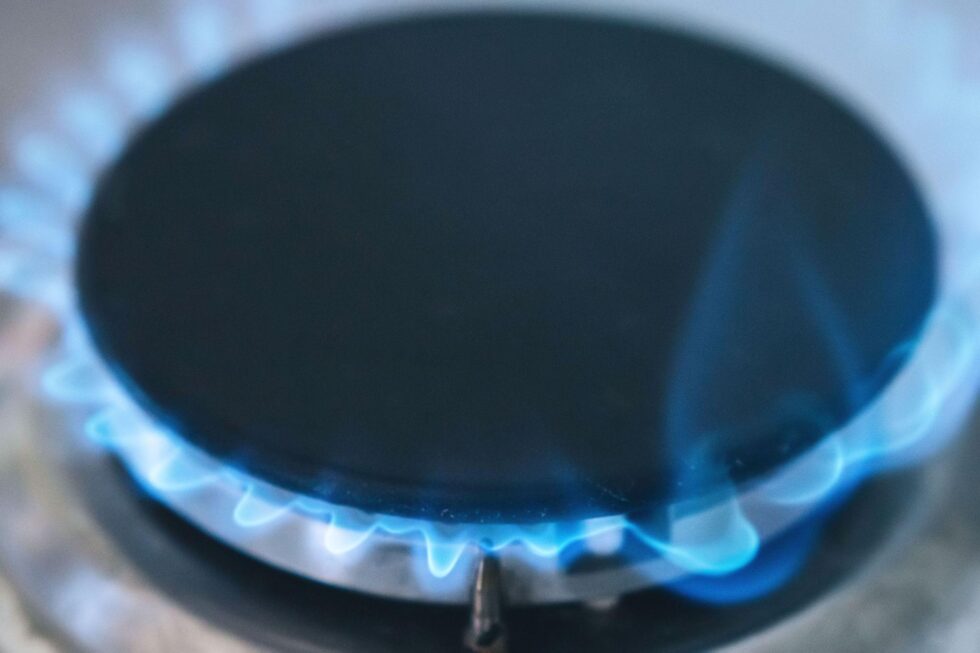LICENSED, INSURED & BONDED SINCE 1985 WITH 35 YEARS OF EXPERIENCE • (818) 483-0139
Gas leaks, while seemingly rare, pose significant risks to both safety and health. Understanding how to detect and address these leaks is crucial for maintaining a safe living or working environment. Let’s delve into the essential aspects of gas leak detection and repair, providing insights into recognizing, handling, and preventing such incidents.
Risks and Causes of Gas Leaks
Gas leaks occur when natural gas from indoor gas piping escapes into areas where it shouldn’t.
These leaks can be dangerous due to the flammability of gas, which poses a risk of explosion, and because natural gas can displace oxygen in the air, leading to asphyxiation. Common causes of gas leaks include aging infrastructure, improper installation of gas appliances, and physical damage to gas lines.
Signs You Have a Gas Leak
Early detection of a gas leak is essential for ensuring safety and preventing potential disasters.
One of the most prominent signs is the distinctive sulfuric or rotten egg odor that is artificially added to natural gas, making it detectable by smell. This odorant, typically mercaptan, is a safety measure, as natural gas is odorless in its original state.
In addition to the smell, there are several other indicators that may suggest a gas leak:
- Whistling or Hissing Sounds: A common auditory sign of a gas leak is a hissing or whistling sound near a gas line or appliance. This noise occurs when gas escapes from a small opening or crack in the pipeline or connection.
- Visible Pipeline Damage: Physical signs like cracks, dents, or corrosion on gas pipelines can indicate a leak. It’s important to regularly inspect visible gas lines for any signs of wear and tear.
- Dead Vegetation: An area of dead plants or grass, particularly in a line or near a gas line, can be a telltale sign. Natural gas leaks underground can deprive vegetation of essential oxygen, leading to withering or death.
- Bubbles in Standing Water: Sometimes, a gas leak from an underground pipe can cause bubbles in puddles or areas of standing water above or near the leak.
- Dust or Dirt Blowing from the Ground: If you notice dust or dirt being expelled from the ground without any apparent cause, it could be due to gas escaping from an underground pipe.
- Feeling of Dizziness or Nausea: Exposure to leaking gas can cause physical symptoms like dizziness, nausea, or headaches. If these symptoms are noticed especially indoors, it could be a sign of a gas leak.
Homeowners can conduct basic checks for gas leaks using simple methods. For instance, applying a soapy water solution to gas connections and watching for bubbles can indicate a leak.
Commercial gas leak detectors are also available for more sensitive detection. However, these methods are not substitutes for professional inspections.
Regular inspections and maintenance by qualified technicians are crucial for ensuring gas systems are safe and leak-free. If a gas leak is suspected, it’s imperative to seek professional assistance immediately for a comprehensive inspection and appropriate action.
What to Do if You Suspect a Gas Leak

If you suspect a natural gas leak in your home, follow these steps immediately:
Step 1: Evacuate the Area
Ensure everyone in the building leaves immediately, avoiding the use of elevators.
Step 2: Avoid Causing Sparks
Do not switch on or off any electrical appliances or lights, as this could trigger an explosion.
Step 3: Do Not Use Open Flames
Refrain from smoking or using matches/lighters.
Step 4: Open Windows and Doors
If it’s safe to do so, ventilate the area by opening windows and doors.
Step 5: Report the Leak
Once safely outside, call 911 to report the leak.
Step 6: Do Not Re-Enter the Building
Wait for the all-clear from professionals before returning.
Gas Leak Detection
Professional detection of gas leaks is far more accurate and safer than DIY methods. Trained technicians use sophisticated equipment like electronic gas detectors, ultrasonic detectors, and infrared cameras to locate leaks. These methods not only detect leaks more precisely but also help in pinpointing their exact location, which is crucial for effective repairs.
Repairing Gas Leaks
Repairing a gas leak is a task that should always be left to professionals. They are trained to handle these situations safely and are equipped with the right tools and knowledge. The repair process often involves isolating the leak, replacing faulty pipes or fittings, and testing the repaired lines to ensure no leaks remain. Adherence to safety standards and regulations is paramount during this process.
Preventative Measures and Maintenance
Preventing gas leaks is preferable to dealing with their consequences. Regular maintenance of gas appliances and infrastructure is key. This includes routine inspections, timely repairs, and replacements of old or worn-out components. Awareness of the installation and operational guidelines for gas appliances also plays a crucial role in prevention.
Professional Gas Leak Detection & Repair
Understanding and addressing gas leaks promptly is crucial for safety and well-being, particularly in the Los Angeles and San Fernando Valley areas. Our expert gas leak detection and repair services are specifically tailored to provide rapid, reliable, and comprehensive solutions. Equipped with advanced technology and a wealth of expertise, we’re dedicated to ensuring the safety of your home or business.
If you suspect a gas leak or simply want to ensure your gas systems are in top condition, don’t hesitate to reach out. Take the proactive step toward safety and peace of mind by contacting us today for a detailed inspection and expert repair services.
Let us help you create a safer, gas leak-free environment today!






